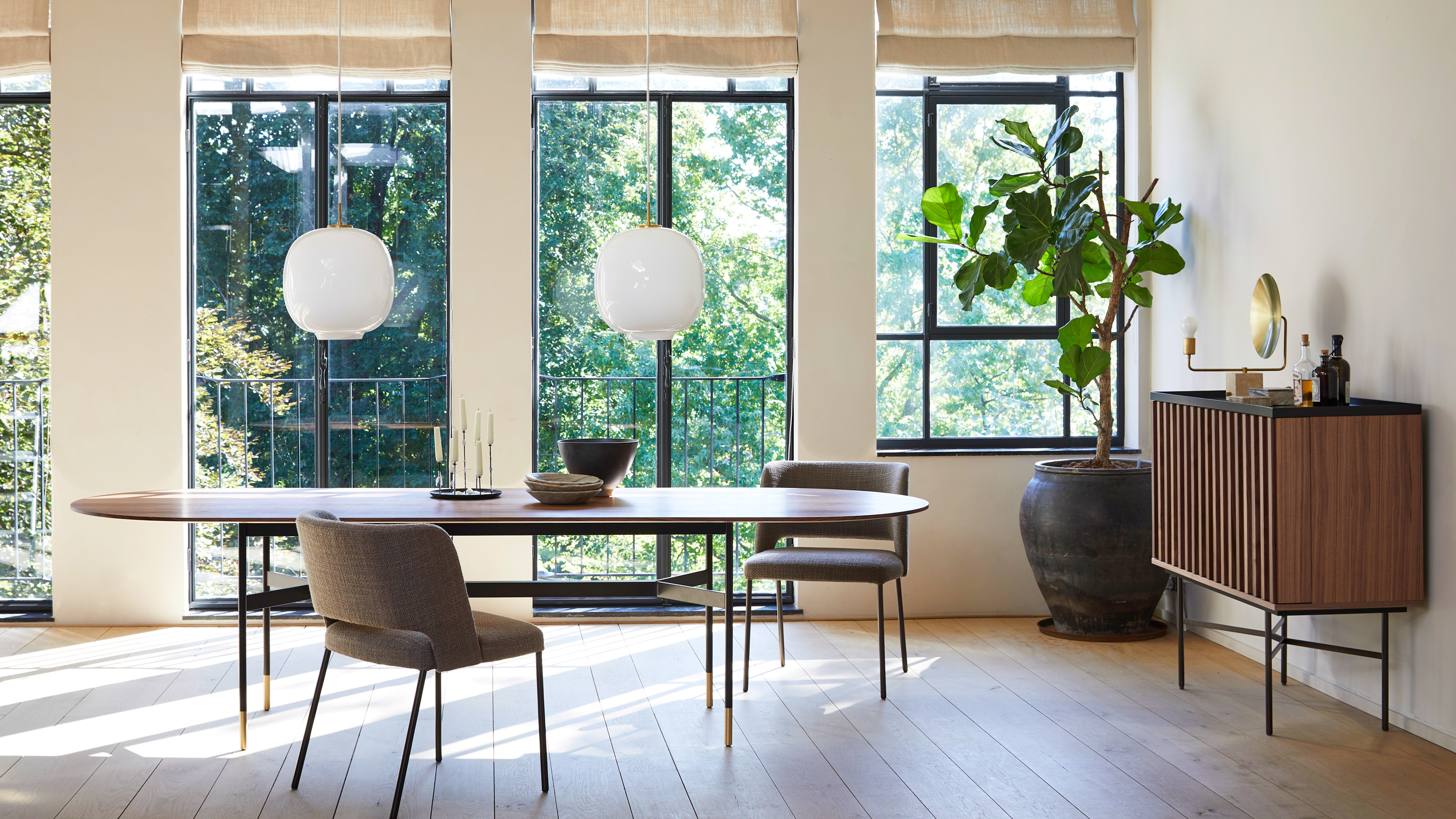
If you want to know how to get paint off a hardwood floor, you will need the answer sooner rather than later. Like any other type of stain, a paint stain is much easier to remove if it's fresh. But even if you have a dried, old stain on your wood floor, don't panic – you can still remove it with a bit of know-how and patience.
You've invested in the best type of wood flooring, and you will want to keep it in the best condition possible. Even so, sometimes paint spills happen, especially if you're repainting a room yourself. Fortunately, there is a wealth of expert knowledge for you to draw on when learning how to get paint off a wooden floor.
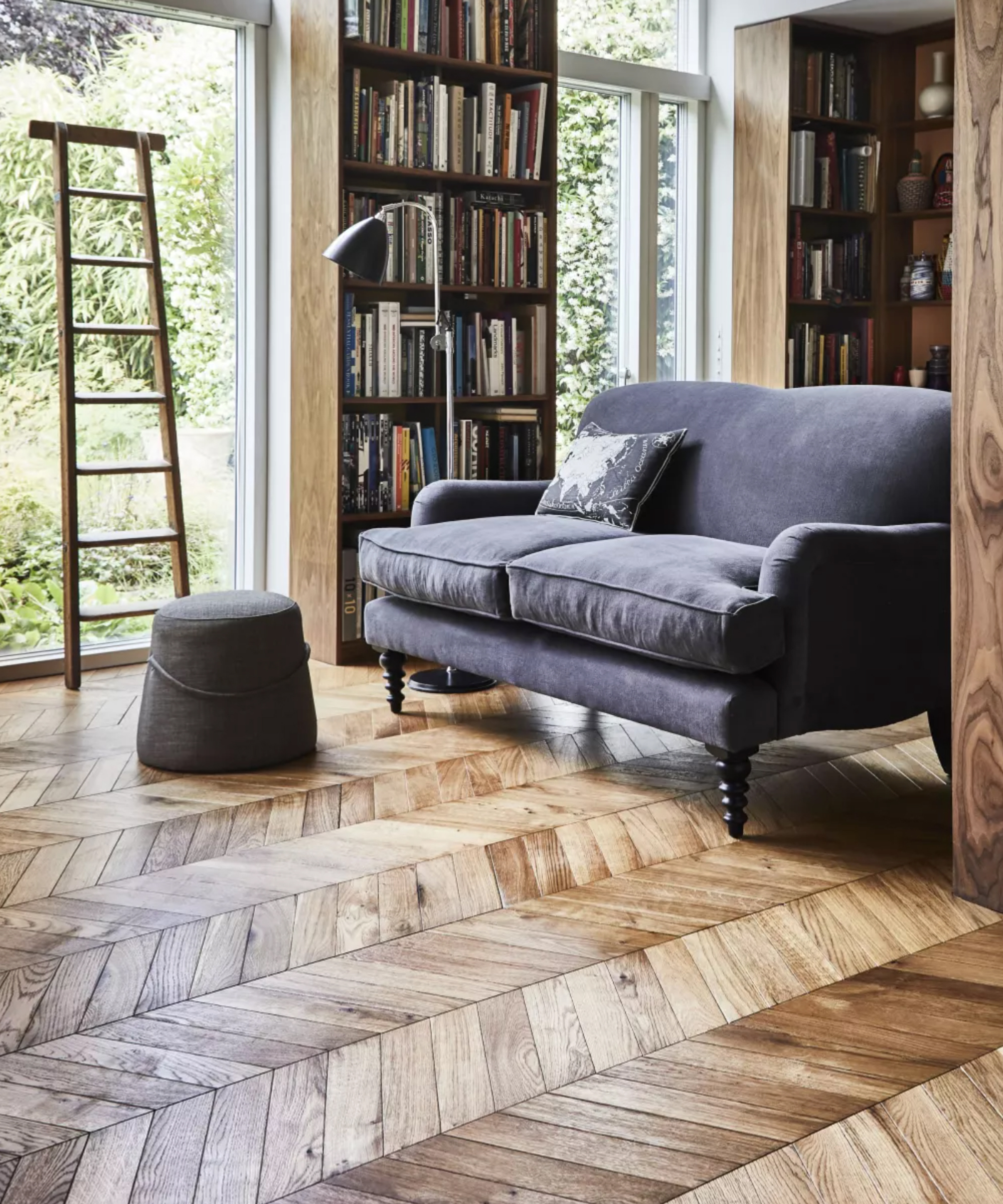
How to get paint off a hardwood floor
First of all, protecting your hardwood flooring from paint is a far better strategy than trying to remove paint. Geoff Sharp has 28 years of running a painting company and is the owner of Sharper Impressions Painting. He recommends 'tarping and taping' to 'protect wood floors from drips and splatters of paint. But sometimes paint does land on hardwood floors.'
Sharp's method for getting paint off a wooden floor works on latex paint, which makes up '95 percent of paint' used today. 'Don't fret!', though – 'it can be cleaned up with some basic household items and some minor elbow grease.'
You will need the following (you can buy all items on Amazon – great if time is of the essence):
- A rag or cloth
- A clean putty knife
- Goof Off or denatured alcohol
- Murphy’s Oil Soap
1. Wipe off excess paint
'If the paint is still wet a simple rag will wipe the excess right off', advises Sharp. If you've noticed a paint spill, do not wait until it's dried. You do need to use a lint-free rag or cloth to pick up as much of the paint as possible and avoid spreading the spill.
2. Try to peel off newly dry paint
'First, try to slowly and gently pick at and peel up the paint drip with your fingernail. Most of the time with a little prodding the paint will literally just pop off in one piece.' This is thanks to the latex content in the paint, which makes it a little rubbery when it's only just dried.
A plastic tool like a putty spreader could also be used as it will lift the paint without scratching the floor below.
3. Soak older paint stains
'If the paint is older and cured it will be a little harder', Sharp admits. However, with a little patience, you may still be able to remove it. 'First put a warm water rag on top for a couple hours. This will help the water soak into the paint splotch and make it a little softer. Using your fingernail or a clean putty knife gently work around the edges to pry the paint drip off in one piece.'
If this step doesn’t work, 'rub at the top of the paint drip with the wet rag. You will see the paint drip start to wear off into the rag and start to form a crater in the paint drip. Continue this back and forth and circular motion until the paint drip is gone.'
You may choose to mix in a little bit of one of the best wood floor cleaners to help dislodge the stain.
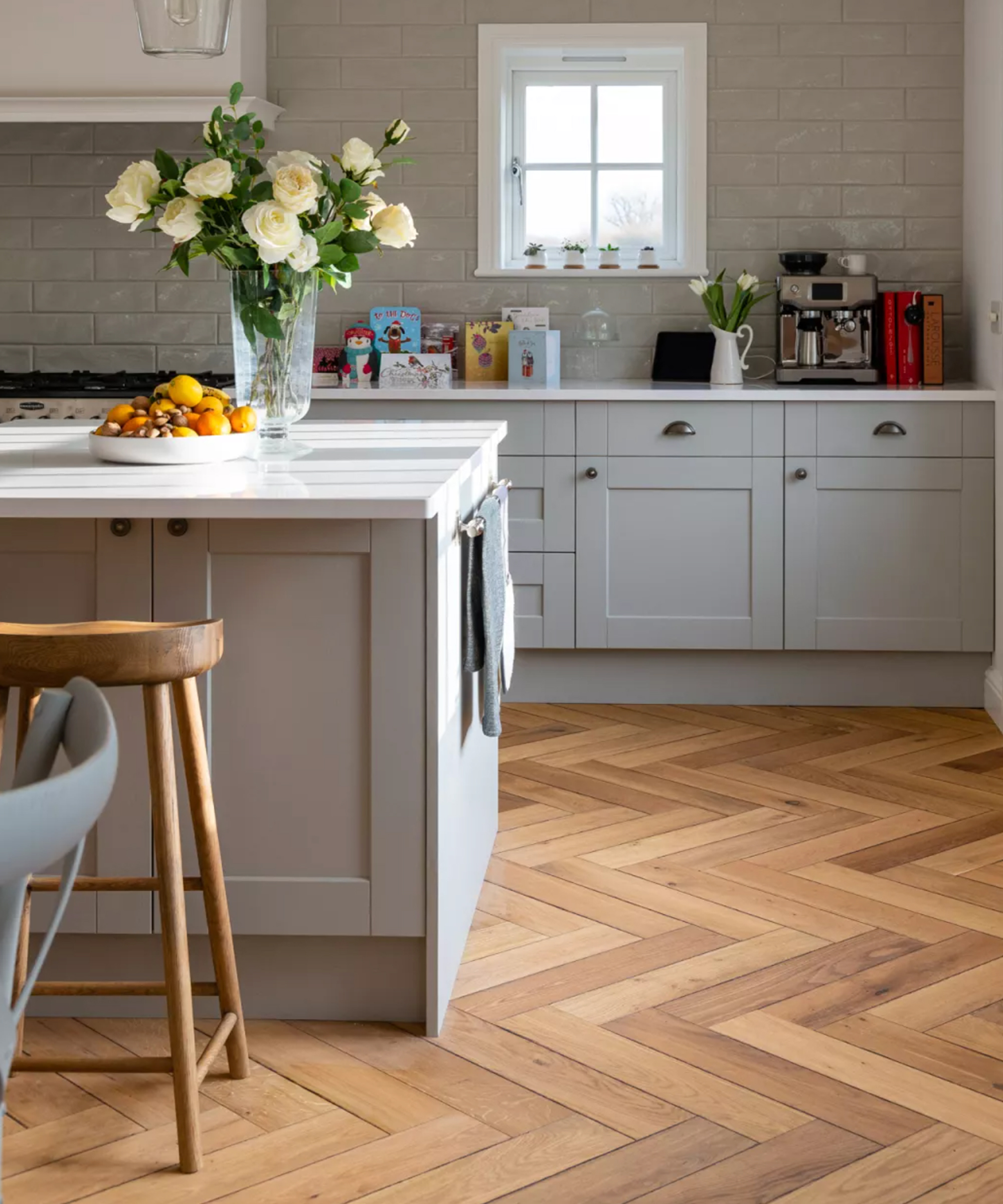
4. Use Goof Off on stubborn stains
If the drip or splatters are very stubborn, using a little Goof Off on a rag or denatured alcohol 'will start to penetrate the paint drip and wipe it away. Try your best to focus the chemical onto the drip itself. The chemical shouldn’t harm the wood floor, but it’s always best with these types of chemicals to not saturate the wood floors coating.'
This step is very useful for very old stains and should be at least tried before you start looking up how to refinish hardwood floors.
5. Clean up dull spots with oil soap
If when you are done cleaning you notice a dull spot where the paint spill had been, don't panic. 'Applying some Murphy’s Oil Soap to the spots and the spreading some Murphy’s to the surrounding area to blend will give the floor its luster back.'
And even if you don’t have a wood floor cleaner like Murphy’s, Sharp advises not worrying too much about it – 'the floor will eventually even out and the dull spots will disappear with time, normal other cleanings and some foot traffic.'
6. Use a magic marker for hard-to-reach stains in cracks
In cases where the paint has seeped into a crack in the floor, you won't be able to reach the paint to clean it, In this case, Sharp recommends using 'a colored magic marker or other liquid stain that is colored closely to the wood floor color, you can apply that color into the cracks and coat the dried paint making it blend in with the wood floor. Even though you can’t reach it you can somewhat camouflage it.'
How to get oil paint off a wooden floor
If your paint is oil-based, 'you're going to need something stronger' than a cloth and water, says Zoey Dromgoole, resident hardwood flooring expert at Wood Flooring Ireland. Namely, you will need acetone. 'Apply some acetone to a cloth and very gently scrub the area where the paint is, then allow it to stand for about 10 minutes. This should remove most of the paint, the remainder can be chipped/scraped off with a soft edge.'
Can I use paint thinner to get paint off a hardwood floor?
Dromgoole's advice is that 'paint thinner is to be absolutely avoided – Yes it can remove paint very easily but it can also strip away the finish on your hardwood flooring, it is an extremely harsh solvent.'
Can I use lemon juice to get paint off a hardwood floor?
Yes. You can use a solution of rubbing alcohol and lemon juice to remove stubborn paint stains. Ralph Severson, owner of Flooring Masters, recommends 'A solution of 1 part lemon juice, and 2 parts rubbing alcohol should be put on a soft cloth. Leave the cloth on the paint stain for 5 minutes, then scrub it off with the rag. This should remove all of the paint without damaging the face of your flooring.'
Join our newsletter
Get small space home decor ideas, celeb inspiration, DIY tips and more, straight to your inbox!
Anna is a professional writer with many years of experience. She has a passion for contemporary home decor and gardening. She covers a range of topics, from practical advice to interior and garden design.
-
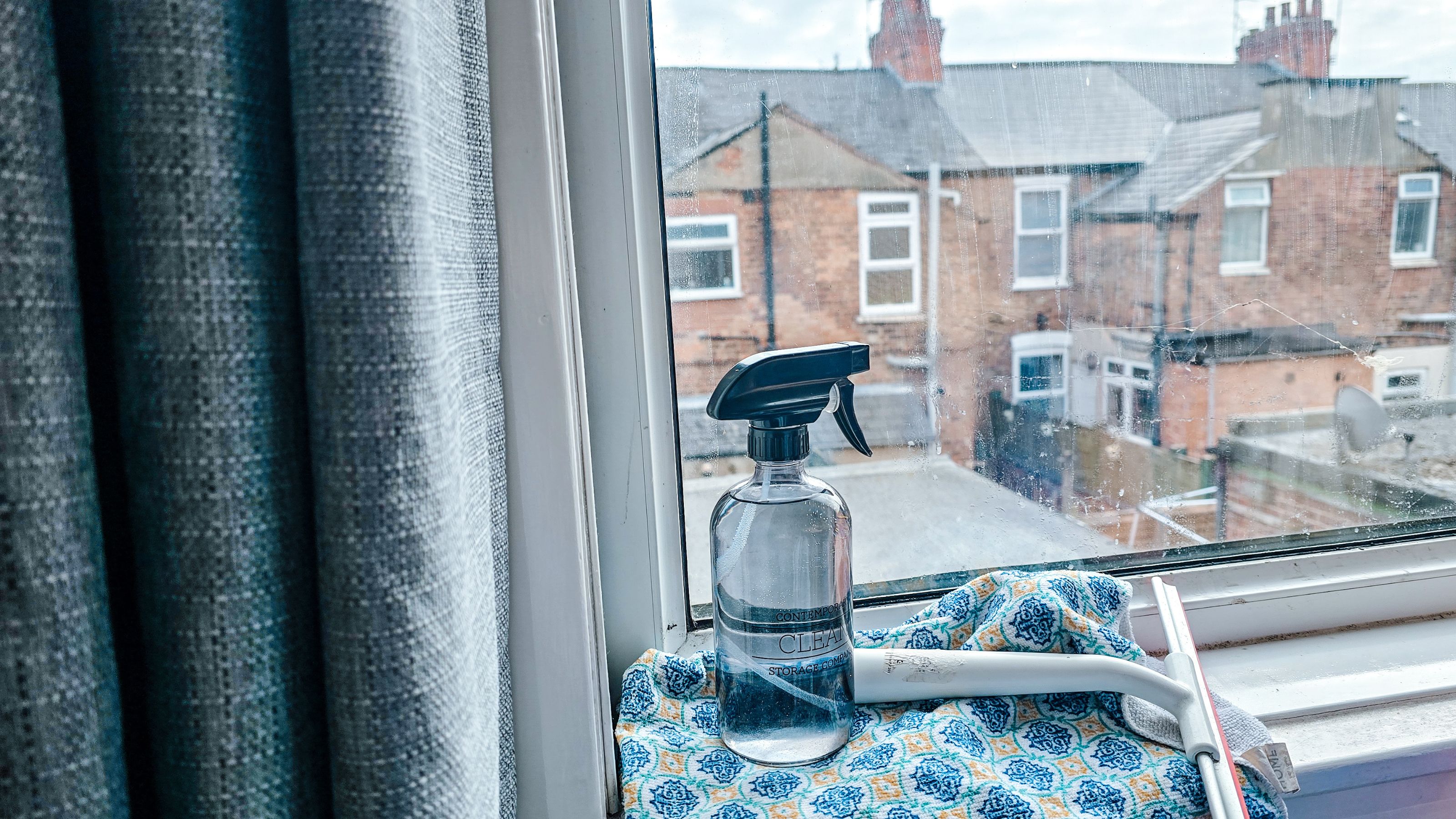 How to clean windows without streaks — 5 easy steps that cleaning pros always follow
How to clean windows without streaks — 5 easy steps that cleaning pros always followThis method on how to clean windows is favored by professional cleaners. We've asked them for the steps you should follow, plus picked cleaning buys
By Eve Smallman
-
 The latest Shark sale deals are perfect for pollen-proofing your home — with up to $150 off our favorite vacuums
The latest Shark sale deals are perfect for pollen-proofing your home — with up to $150 off our favorite vacuumsWe found the latest Shark sale deals on vacuums that are sure to be swooped up, especially as spring blooms trigger pollen allergies and we're in need of extra cleaning
By Danielle Valente
-
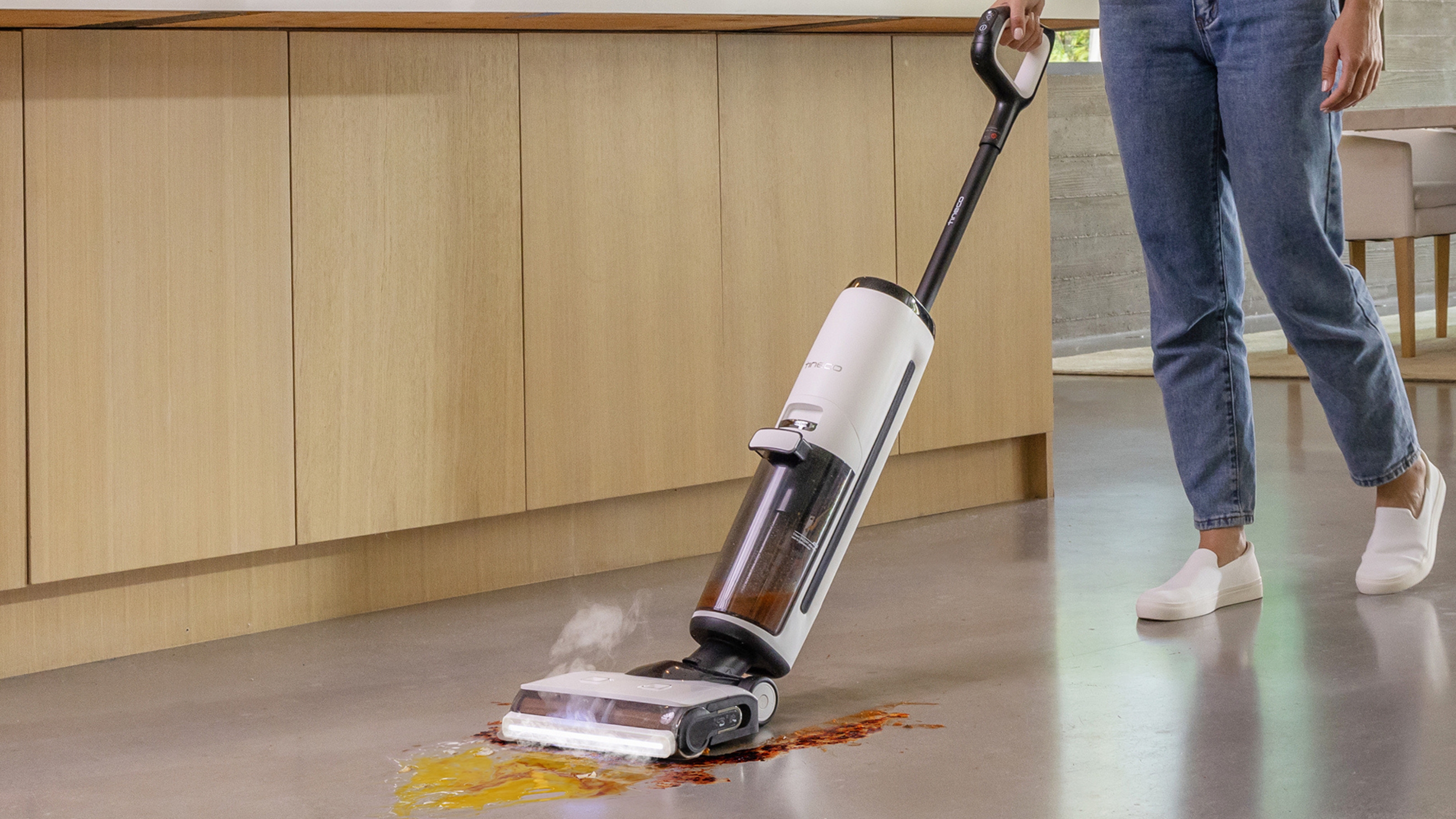
 Tineco Floor One S7 steam wet-dry vacuum review — spotless floors with minimal effort
Tineco Floor One S7 steam wet-dry vacuum review — spotless floors with minimal effortOur contributing editor, Camryn Rabideau, tests the Tineco Floor One S7 steam wet-dry vacuum in her New England homestead property
By Camryn Rabideau
-
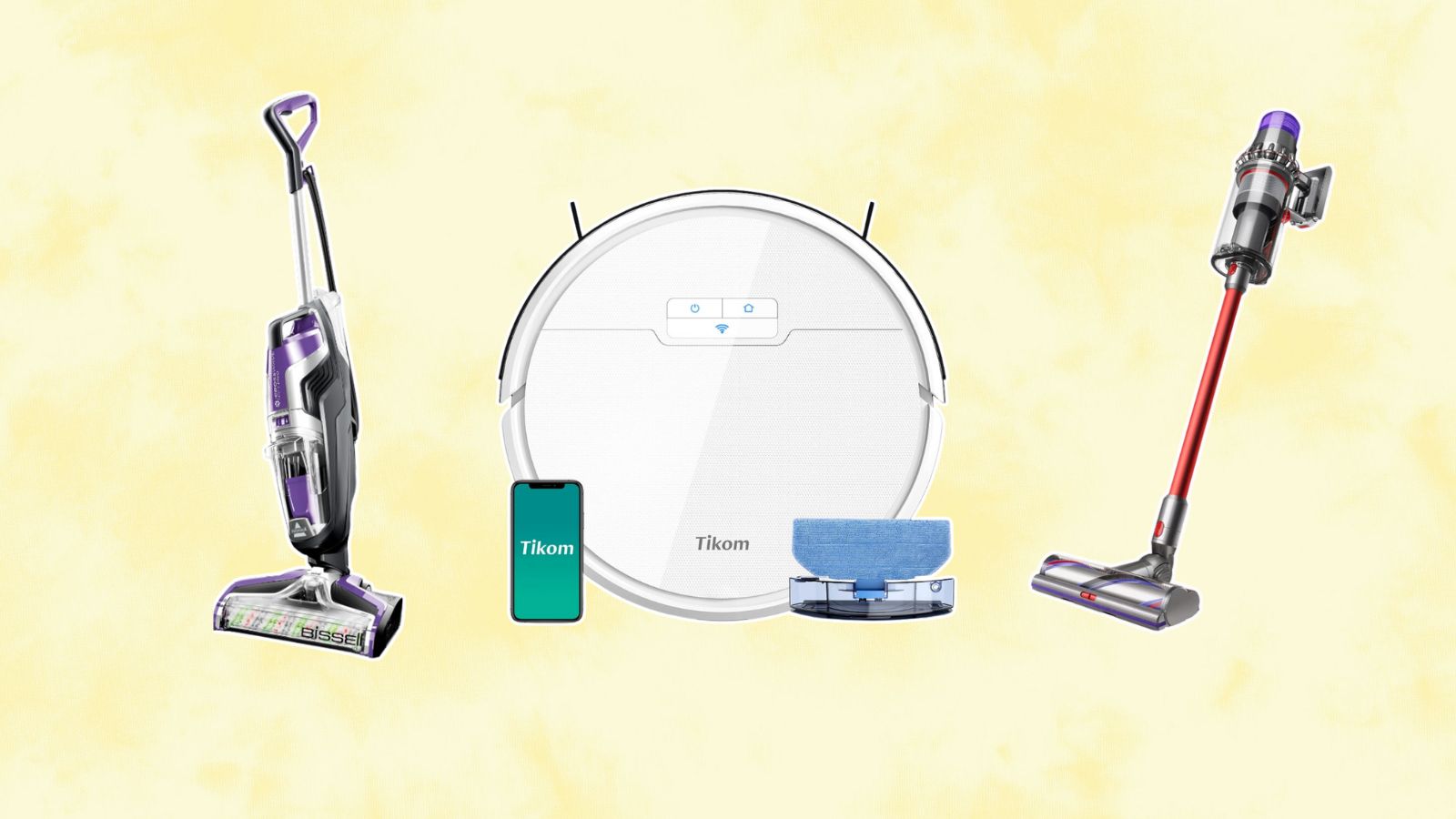 Amazon vacuum cleaners to nab during the retailer's Big Spring Sale — save up to 60% off our go-to small-space finds
Amazon vacuum cleaners to nab during the retailer's Big Spring Sale — save up to 60% off our go-to small-space findsChecking out the savings on Amazon? Vacuum cleaners are a must-buy during their first Big Spring Sale — here are our favorites up to 60% off
By Danielle Valente
-
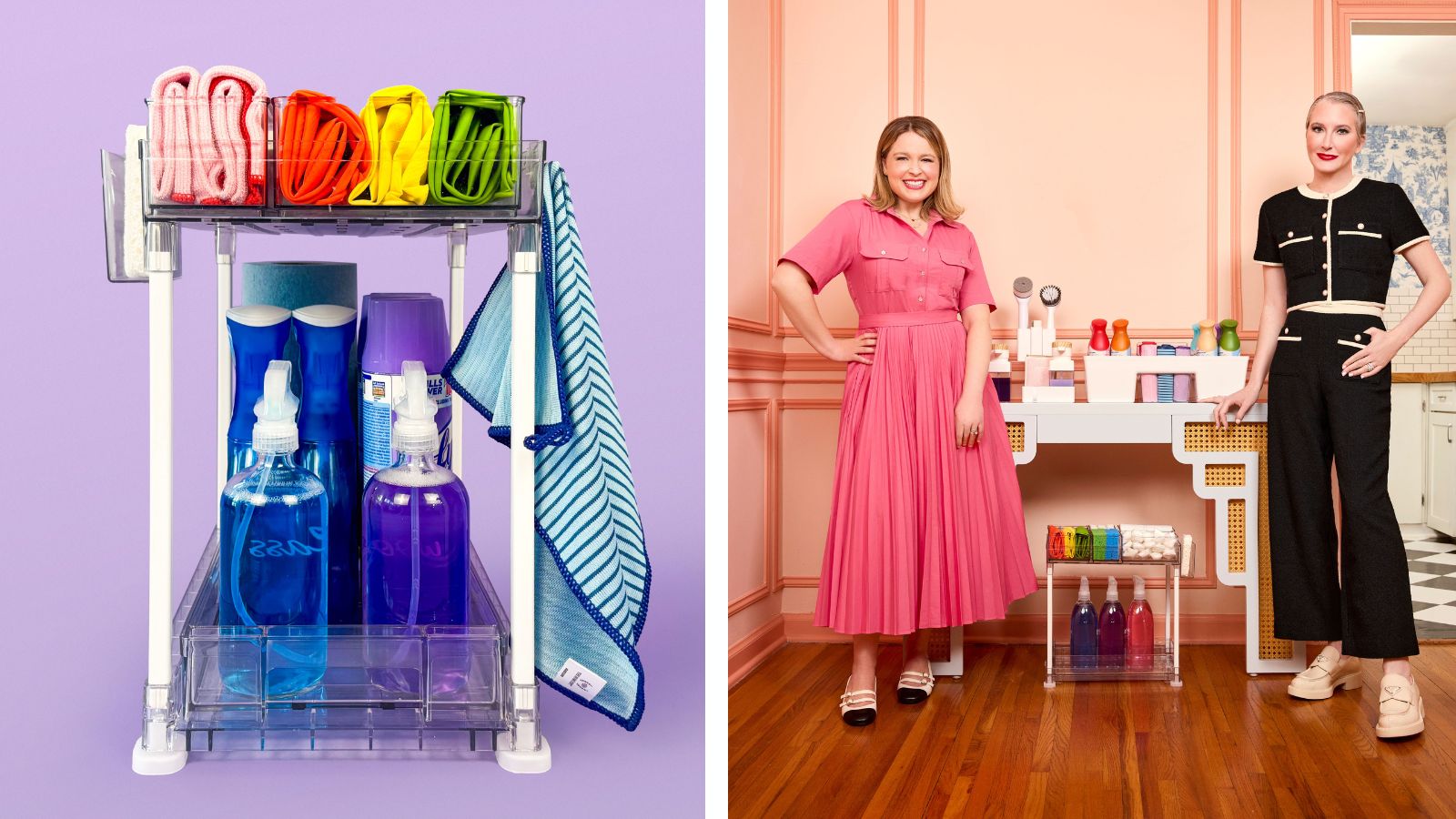 The Home Edit Walmart cleaning collection has just debuted with finds from $3
The Home Edit Walmart cleaning collection has just debuted with finds from $3Spring cleaning, anyone? The Home Edit Walmart cleaning collection has hit shelves with picks from $3
By Danielle Valente
-
 How to clean carpet on stairs — 3 simple steps to a spruced up staircase
How to clean carpet on stairs — 3 simple steps to a spruced up staircaseWant to know how to clean carpet on stairs? Our experts explain the simple steps to a sparkling stairway without too much elbow grease
By Andy van Terheyden
-
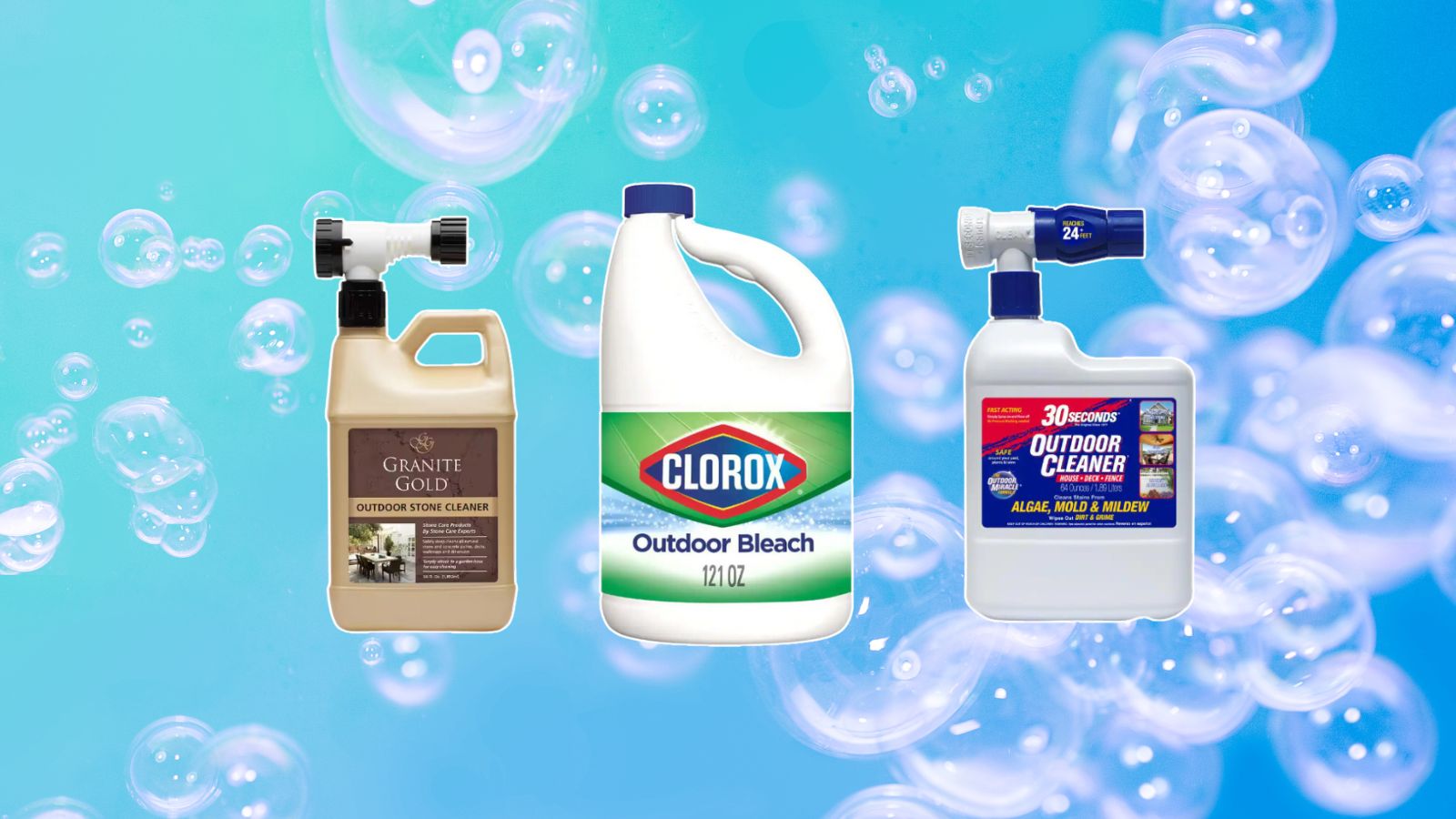 The Home Depot backyard and patio cleaning supplies we're stocking up on before spring
The Home Depot backyard and patio cleaning supplies we're stocking up on before springDon't forget the outdoors when spring cleaning — The Home Depot backyard and patio cleaning buys from $11 will assist with tidying up
By Danielle Valente
-
 The Shark Detect Pro vacuum and other models are on sale for St Patrick's Day — perfect picks for your spring clean
The Shark Detect Pro vacuum and other models are on sale for St Patrick's Day — perfect picks for your spring cleanWhether you're eyeing the Shark Detect Pro Vacuum or Shark Pet Cordless Stick Vacuum, shop the St. Patty's Day sale for a discount on the best vacuums on shelves
By Danielle Valente